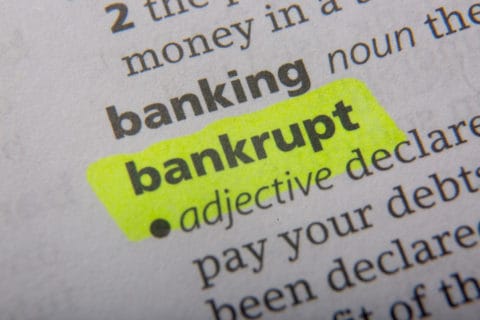4 Important Things You Won’t Have to Lose When You File Bankruptcy
Many people mistakenly believe that bankruptcy means starting over completely from scratch. However, the majority of people that file for bankruptcy are able to keep a number of their assets and continue to lead comfortable, normal lives. Here are four things you can keep when you file for bankruptcy:
1. Your Home
People tend to immediately write off Chapter 7 or Chapter 13 bankruptcy because they are afraid of losing their home. While you may have to give up your investment or rental properties, state and federal exemptions typically allow homeowners to keep their primary residences as long as they can afford to make mortgage payments.
2. Your Car
Your automobile is one of the most important assets you own—it allows you to get to and from work, meet personal and family obligations, and live a normal life post-bankruptcy. Fortunately, your primary automobile is also typically protected under state exemption laws. However, collector cars or secondary vehicles may be sold to cover your debts.
3. Retirement Accounts
After many years of hard work and savings, you may be worried that your retirement accounts are at risk of liquidation from Chapter 7 or Chapter 13 bankruptcy. But under the Bankruptcy Abuse Prevention and Consumer Protection Act of 2005, all of your retirement assets, including profit-sharing plans, 401(k)s, 403(b)s, and IRAs, are protected up to a value of $1,095,000 per person.
4. Personal Assets
Certain categories of personal property are also protected under bankruptcy laws. You’ll be able to keep most of your furniture, tools of the trade, jewelry, appliances, pensions, clothing, public benefits, and much more. While you may lose a few things, you’ll get to keep the personal assets that matter most.

